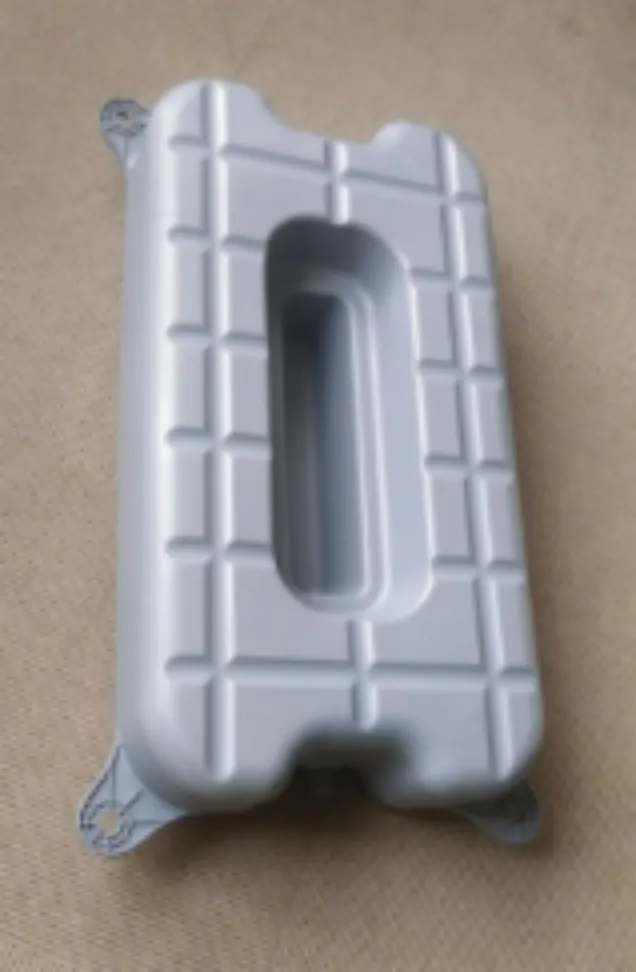Today’s vehicles tend to be designed with an emphasis on lightweight components, and in this regard, blow-molded pedals shine. Vehicles used to have all-metal or heavy plastic pedals. These older styles of pedals contributed to negative vehicle performance on fuel efficiency and handling. On the other hand, blow-molded pedals have advanced molding plastic techniques to eliminate as much weight as possible with no performance trade-offs.
Drivers enjoy reduced weight because it requires less effort to press the pedals on longer drives, which helps foot ease and comfort. From a manufacturer’s perspective, they are able to meet the tighter fuel efficiency standards. Every gram of weight reduces the amount of energy a vehicle uses. In the case of electric vehicles, this reduces the energy used to power the vehicle and extends range, or reduces the energy consumed to power the battery and extend range.

The pedals of a vehicle must withstand a lot of pressure. They most definitely need to hold their position against sudden impacts. Blow-molded pedals may be lightweight, but strength is not an issue. The blow-molding technique creates a seamless, hollow structure that balances stress distribution across the pedal surface. This makes the pedal naturally strong. It will not bend, break, or wear out no-matter how heavily it is used on a daily basis.
Material selection is extremely important to ensure reliability. Engineering plastics, with reinforcing fibers for added strength, were used for pedals. These plastics undergo rigorous testing for durability, impact strength and tensile strength. This assures that the pedals can withstand the demands of the road. The pedals will hold their shape against sustaining pressure of the accelerator and sudden impacts of the brakes.
Blow molding is what allows the pedals to be light and strong. Unlike traditional cutting, welding, or assembling multiple pieces, blow molding forms one complete unit. This eliminates potentially weak seams or joints which are often the points of structural failure in other types of pedals.
Blow molding involves heating and melting plastic and then blowing it into a mold under high pressure. Manufacturers are able to control the thickness and shape of pedals. Only the stressed areas take more material, and the weak areas take less, making the pedals lightweight. The end result is a pedal that is light enough to help with efficiency, yet strong to handle daily use, making it suitable for vehicle applications.
Blow-molded pedals find application in all sorts of vehicles from everyday passenger cars to large commercial trucks. Their use in passenger cars makes driving more comfortable and improves fuel efficiency. In the case of commercial trucks, durability is important and the pedals’ durability ensures they perform optimally in adverse conditions like rough roads and heavy usage.
Customers considering blow-molded pedals enjoy benefits that go beyond the lightweight and strong features. For example, blow-molded pedals will not corrode like the metal pedals do as they rust over time. Furthermore, they are quieter and do not produce as much noise while being operated in the vehicle. Additionally, the freedom of design that comes with blow molding allows manufacturers to tailor the pedals to the specific design and functional requirements of the vehicles, enhancing adaptability and making them a strong customer choice.
 Hot News
Hot News2024-10-29
2024-09-02
2024-09-02

Copyright © 2024 Changzhou Pengheng Auto parts Co., LTD